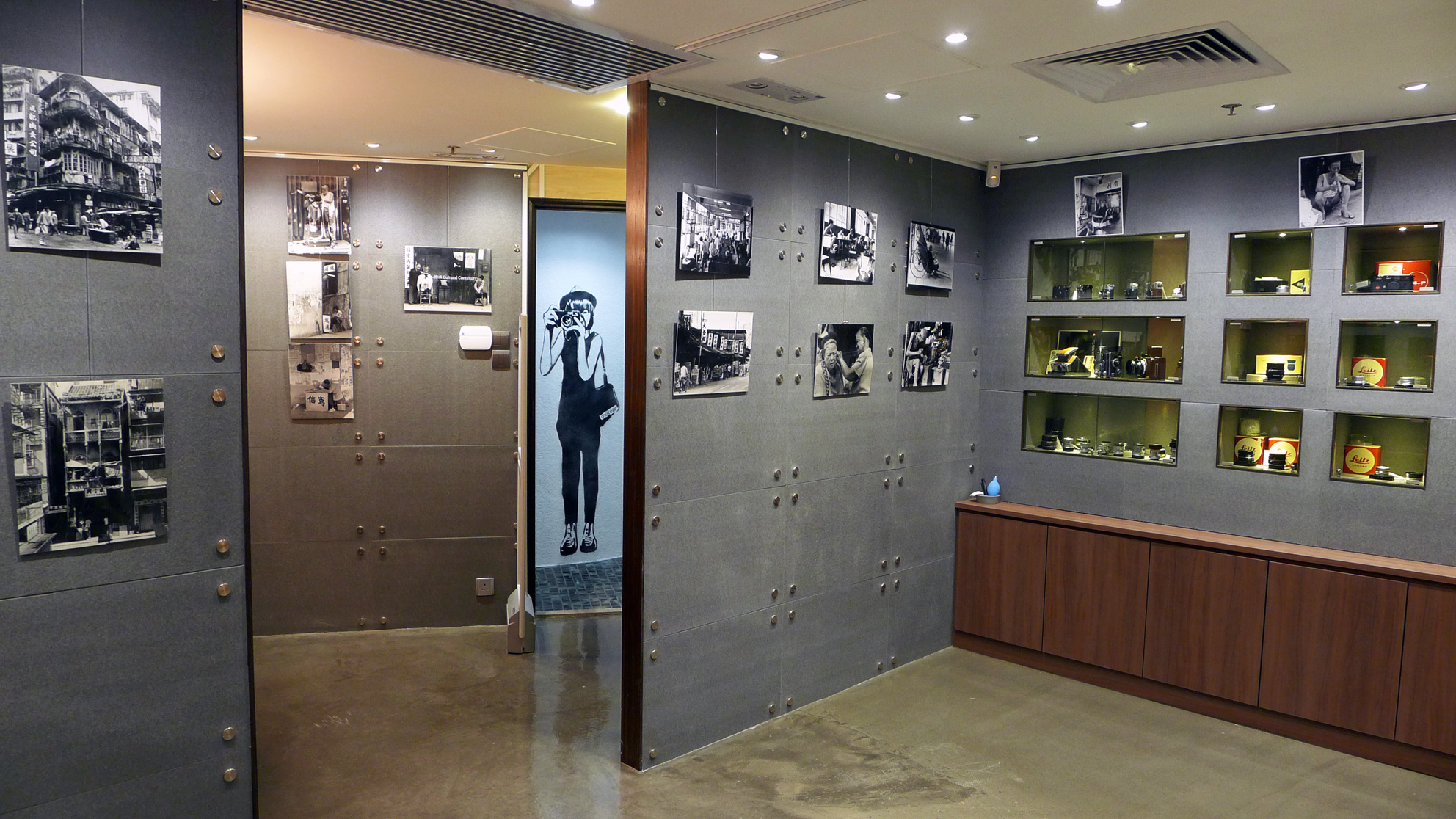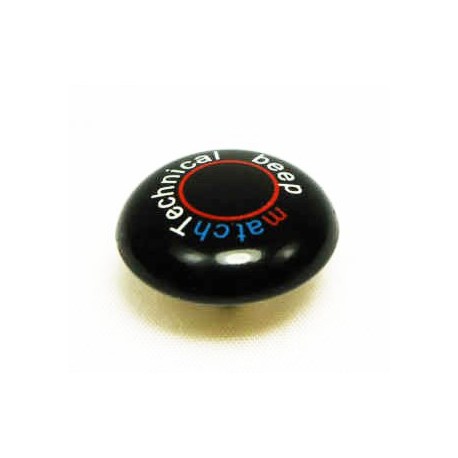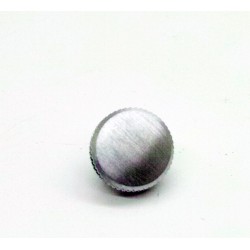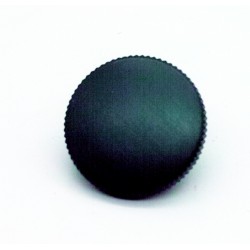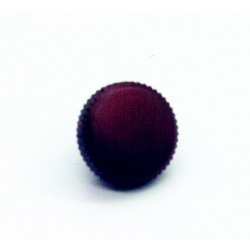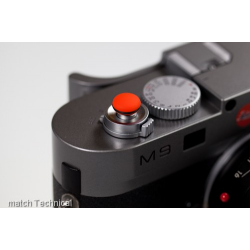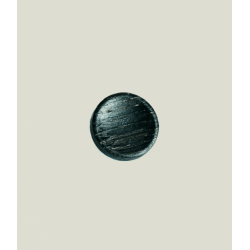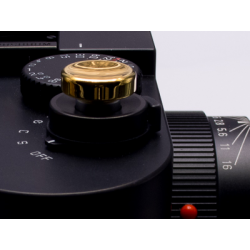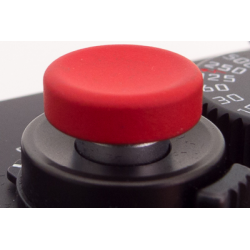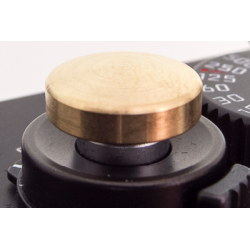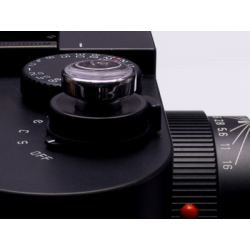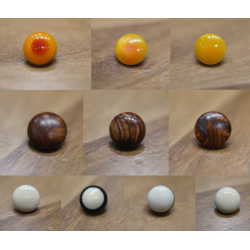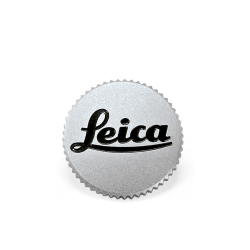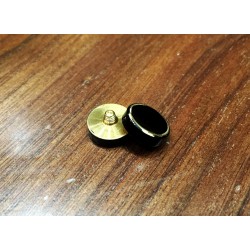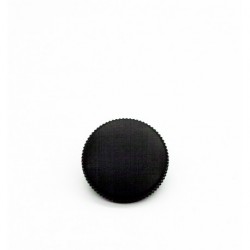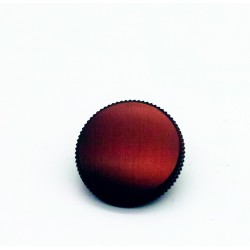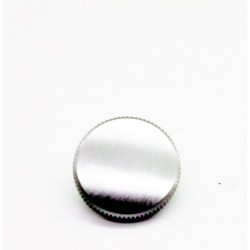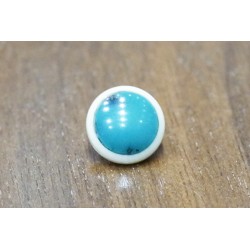Troli: 0 produk Produk (kosong)
Belum ada produk yang dibeli.
To be determined Penghantaran
HK$ 0 Jumlah:
Produk berjaya diletakkan di dalam troli belian anda
Kuantiti
Jumlah:
Ada 0 barang dalam troli anda. Hanya ada 1 barang dalam troli anda.
Jumlah produk:
Kos penghantaran: To be determined
Jumlah:
-

Leica M9 Digital Camera Blk
HK$ 23,800 HK$ 26,800
Produk dilihat
Info lanjut
Beep. Solid brass, 15.5 mm in diameter – the convex shape is perfect for wrapping your finger across the top
Beep and Bip
Beep and Bip have a domed (convex) profile. These can be pressed with your finger in the same way as Boop. But there is another technique that can be used with convex soft releases that reduces camera shake to the minimum – think of squeezing the trigger of a target pistol.
1. Control your breathing – take a breath, let it out, inhale normally, exhale a little until comfortable, then hold your breath.
2. Place your finger across the top of Beep or Bip so that the soft release is between your first and second joints – the exact position depends on the length of your finger and comfort.
3. Apply pressure to depress the shutter button partway (on the Leica M7 and M8, this is the point at which the exposure is locked in AE mode).
4. Continue squeezing gently until the shutter fires.
This technique may need a little practice, but, once mastered, it can allow you to hand hold your camera one stop slower by not only minimizing jerking (caused by pressing the shutter button too aggressively) but also by preventing flinching (a reflex caused by anticipating when the shutter will release) – if done properly, you will not be able to tell when the shutter will release, so you won't flinch.
The difference between Beep and Bip
Why do we have two different sizes of convex soft releases – Beep (standard) and Bip (small)? First, some camera brands have a collar surrounding the shutter button that will foul our standard-sized soft releases, Beep and Boop (15.5 mm diameter) – Bip has a smaller diameter of 10 mm (note: Beep, Boop, and Bip will fit all Leica M models). Secondly, personal choice – for example, some people with small, thin fingers find Bip more comfortable than the larger Beep.
Fast and furious!
We've explained two ways to use soft releases, but there's a third. If you need to take a sequence of shots quickly, you often have to keep your finger on the shutter release button, owing to its small size. As our soft releases increase the size of the shutter button, all you need to do is tap Beep, Boop or Bip anywhere on its surface – no need to fumble for the shutter button!
Materials
We use solid brass to make Beep, Boop, Bip and Bop, because it does not bind in threads and does not break easily – unlike some metals – eliminating the possibility of our soft releases jamming or snapping off in the shutter button.
Quality
Beep, Boop, Bip and Bop are manufactured to very high tolerances using computer-controlled CNC machining – unlike some poorly made soft releases that we have seen with inaccurate threads made by stamping or casting, which can be so tight as to damage your camera or so loose that they soon become lost. Also, our soft releases are individually boxed after painting, keeping them in pristine condition until they reach you.
Comfort
Another reason for making Beep, Boop, Bip and Bop from brass is so that we can coat them with thick, high-quality gloss paint. This is a time-consuming process, but one that while still hard-wearing, provides a warmer, more comfortable surface than stainless steel or anodized aluminum soft releases, which are left unpainted.
Design
The profiles of Beep, Boop, Bip and Bop have been carefully designed to release the shutter button gently and smoothly as well as for comfort. The height of a domed convex profile and its curvature or the curve of a concave shape are crucial for the soft release to work correctly and minimize camera shake.


